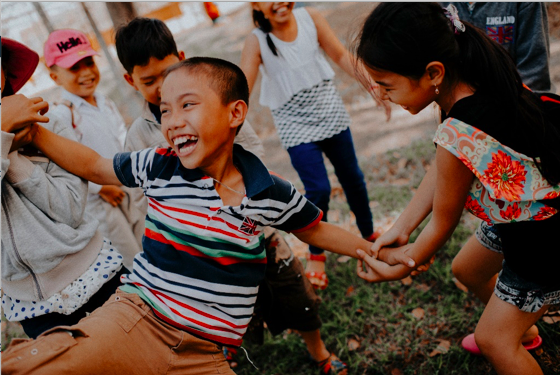
London School of Hygiene and Tropical Medicine student, Ummi Bello, reports from the What Works to Prevent Violence Against Women & Girls learning event during the 16 Days of Activism campaign 2018.
We live in a world where our women are being broken and torn apart by violence, and where they begin to lose their sense of identity worth. And in that same world, they co-exist with our children. These children symbolize our hope, but they too are exposed to violence and subconsciously internalizing its negative effects. Violence against women (VAW) and against children (VAC) are major violations of human rights and a great public health concern.
Around 1 in 3 women have experienced physical and/or sexual violence in their lifetime, and children’s exposure to these forms of violence in the home and punishment in schools have been linked to children’s perpetration of the violence against their fellow peers, says the latest evidence from What Works to Prevent Violence against Women and Girls, a global programme, funded by UKAID working in 13 countries across the world building the evidence base on What Works to prevent violence in low-middle income settings. Preventing violence against children is integral to the long-term prevention of violence against women, and to breaking the cycle of violence.
I was glad to have attended an event at the London School of Hygiene and Tropical Medicine where What Works shared their projects, evaluations, and findings. I would like to share a few of these findings with you specifically those from the school-based intervention programmes.
Right to Play (School-based Intervention, Pakistan)
Atta Somaroo, the Programme Manager of Right to Play, beautifully set the scene on what the Right to Play is and the main aim of the intervention. The intervention was conducted in Hyderabad district in Pakistan. This intervention tested the potential of schools as a platform for preventing both VAW and VAC. The power of sport and play were used in the programme. Children were empowered to reduce peer violence and to change their social norms in order to support non-violence and gender equality. Through interactive play activities, these children learned and understood the different perspectives on gender equality and social norms. Confidence, empathy, leadership and how to deal with negative emotions are only a few of the life skills these children learned. How did this impact on the prevention of violence? Findings showed that peer victimization and perpetration significantly reduced. Corporal punishment in schools also significantly decreased by 45% in boys and 66% in girls. What was amazing was the fact that witnessing domestic violence at home and physical punishment at home also significantly reduced by more than half for both genders. This shows that not only do these school-based interventions create a safe space in schools, but this extends to creating a safe and non-violent space at home. What’s more, depression scores have decreased.
Help the Afghan Children (School-Based Peace Education, Afghanistan)
This programme was implemented over a two-year period reaching about 3,500 children. It was delivered in lessons which taught peace education and peaceful conflict resolutions. It was interesting to see similar results from the Right to Play. Children’s experiences in violence at school decreased by up to 50%. Punishment at school also decreased. At home, the number of boys and girls reporting physical violence also dropped quite significantly. Depression levels reduced. Children’s attitudes regarding gender also shifted to a more equitable thinking. Children were less and less supporting violent attitudes. They began to understand and believe that physical punishment by their parents, teachers or even their peers was wrong.
These findings I believe are important for government and non-governmental organisations to acquire as evidence of what works to prevent violence against women and children. By understanding this they can implement these evidence-based findings into the community. I believe preventing violence against children is a necessity and one of the critical first steps to ending the ongoing cycle of violence later on in life and against women.
“I hope that together with the power of this knowledge and evidence as well as ongoing commitment and effort we can move that bit closer to a world where no woman has to live in fear of violence and every girl can grow up knowing she is safe.” –Emily Esplen (DFID Social Development Advisor)
